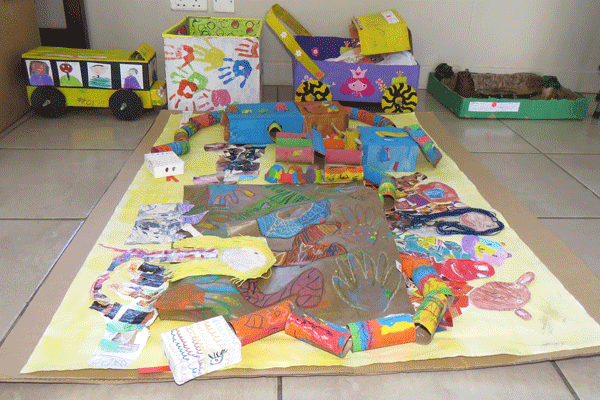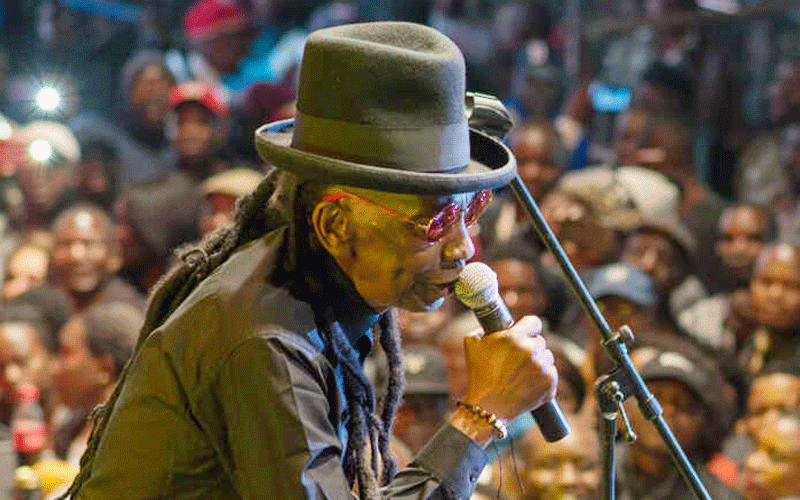
The final festivals in the year on the calendar of the National Institute of Allied Arts (NIAA), which has been running continuously for over a century, are drawing to a close.
By Rosie Mitchel

The literary and visual arts festivals culminate with a week-long exhibition of the best works at Jubilee Hall, Hartmann House, which opened the day of the prize-giving ceremony yesterday and will be viewed by the public until Friday. Over 600 of the best works of visual art and award-winning written works entered in the festivals will be displayed daily, including today (Sunday), from 9am to 4pm and entry is free.
The literary festival attracted 2 300 entries from 44 junior schools and 23 senior schools, the largest number of entries into the four festivals run annually by NIAA. The others are the Eisteddfod (April), the speech and drama festival (July). This year there were new entries from Bindura’s Cornerstone Primary School, St Rupert Mayers High School from Chinhoyi and Banket’s Sacred Heart High School. Marking was carried out by a team of 30, mostly drawn from schools. The standard of entries was once again impressive.
The visual arts festival drew 2 176 entries from 52 junior schools and 15 senior schools, again including first-time participants, comprising Acacia Junior School, Rose Academy, Kadoma’s Mawere Home School and McChlery Pre-School.
St Christopher’s School again hosted the judging exercise, carried out by artists and regular adjudicators Wayne Stutchbury, Marlene Bornman, Sarah Bentley and Caroline Colahan.
When we encounter the extraordinary talent, creativity and imagination of Zimbabwean children, young people and adults and enjoy the fruits of their artistic labours, it helps remind us of what is good about our beautiful country.
The NIAA was established over 100 years ago to foster and promote the arts and has survived through the decades thanks to the efforts of multiple volunteers and the assistance of generous sponsors.
- Chamisa under fire over US$120K donation
- Mavhunga puts DeMbare into Chibuku quarterfinals
- Pension funds bet on Cabora Bassa oilfields
- Councils defy govt fire tender directive
Keep Reading
Its structures and annual festival entry deadlines help nurture and develop young talent across the artistic spectrum.
Children begin participating in the four festivals at a very young age and continue to tap into and fine-tune their talents throughout their school days and beyond, testing their skills before adjudicators and judges and learning much from the process — as well as enjoying it thoroughly.
The NIAA, thus contributes to the present and future pool of artistic talent comprising the creative minds who will entertain us, make us think, and uplift us with beautiful music, thought-provoking theatre and excellent visual and written art.











